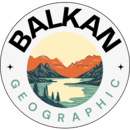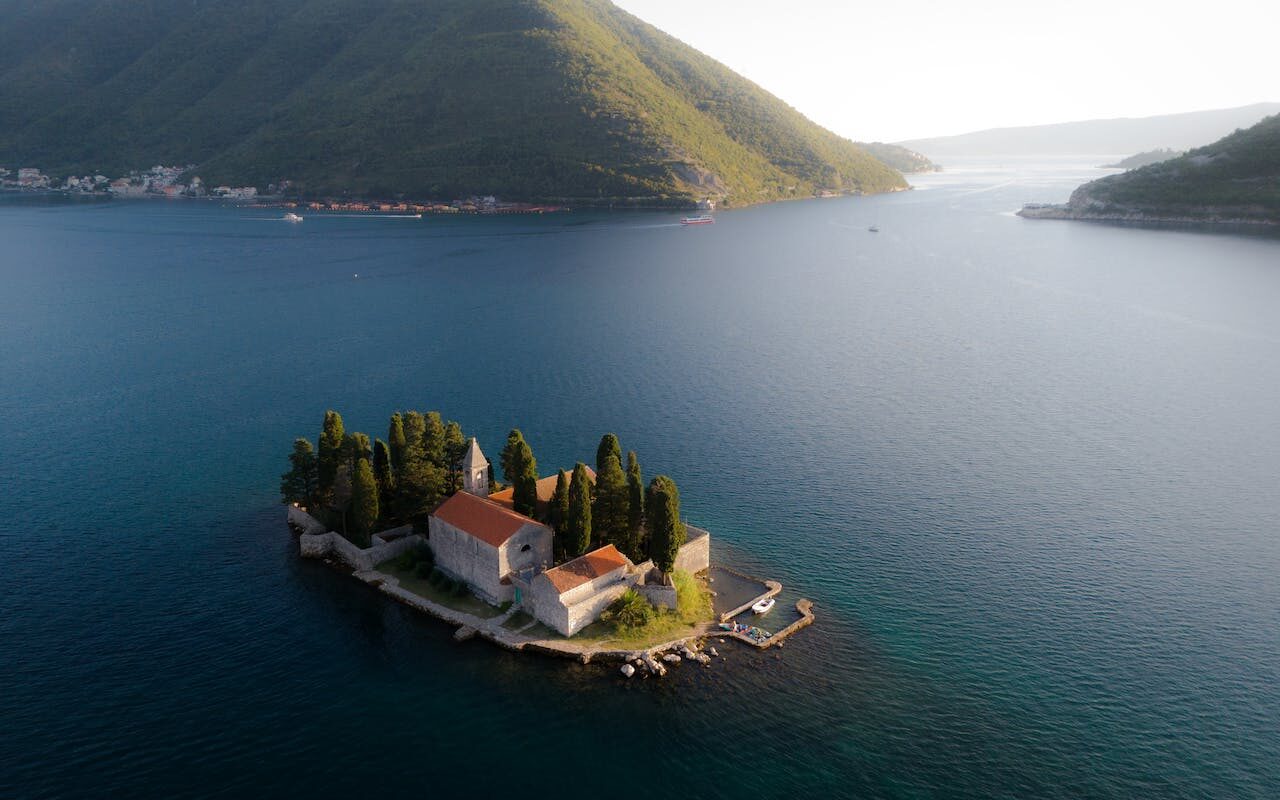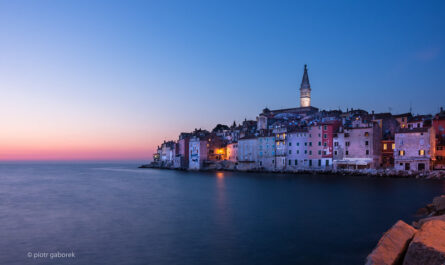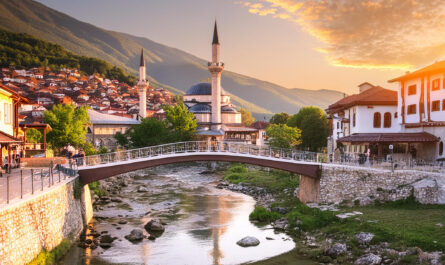Montenegro, a jewel nestled in the heart of the Balkans, beckons travelers with its unspoiled landscapes, rich cultural tapestry, and a history that echoes through time. Despite its small size, Montenegro packs a punch when it comes to hidden gems waiting to be discovered. From the cobblestone streets of medieval towns to the rugged beauty of its national parks, let’s embark on a captivating journey to uncover the treasures that make Montenegro a truly unique destination.
Kotor: A Tapestry of Time
Our expedition begins in Kotor, a town that seems frozen in time. The Old Town, a UNESCO World Heritage site, is a labyrinth of narrow alleys and squares surrounded by remarkably well-preserved medieval architecture. The crown jewel of Kotor is its fortress, a testament to the city’s strategic importance throughout history. Climbing the fortress walls offers not only a panoramic view of the town but also a glimpse into the layers of history etched into Kotor’s stone walls.
The streets of Kotor tell stories of Venetian and Ottoman influences, with palaces and churches bearing witness to the city’s rich past. As you stroll through the town, you can’t help but feel the weight of centuries of history, making Kotor a living museum that transports visitors to a bygone era.
Perast: A Maritime Fairytale
A short drive along the Bay of Kotor takes us to Perast, a small town with a big personality. This maritime marvel is a postcard-perfect destination, adorned with baroque architecture and framed by the stunning backdrop of the bay. As you wander through the cobblestone streets, you’ll encounter centuries-old palaces, each telling a tale of Perast’s maritime glory.
The allure of Perast extends to its offshore treasures – two tiny islands, Our Lady of the Rocks and St. George. Our Lady of the Rocks, an artificial island, is home to a church housing a trove of artworks. St. George, a natural island, boasts the ruins of a Benedictine monastery. A boat trip to these islands not only unveils their historical significance but also provides a breathtaking view of Perast from the tranquil waters of the bay.
Durmitor National Park: Nature’s Symphony
Leaving the coastal beauty behind, our journey leads us to Durmitor National Park, a haven for nature enthusiasts. The dramatic landscapes of Durmitor, a UNESCO World Heritage site, are a testament to the untamed beauty of Montenegro’s interior. The Black Lake, nestled within the park, mirrors the surrounding peaks and pine forests, creating a scene straight out of a fairy tale.
Durmitor is a playground for outdoor enthusiasts. Hiking trails meander through the park, offering a chance to discover hidden valleys, glacial lakes, and panoramic viewpoints. In the winter, the park transforms into a winter wonderland, inviting skiers and snow enthusiasts to revel in the pristine snow-covered slopes.
For the adventurous souls, the Tara River Canyon, Europe’s deepest canyon, beckons with exhilarating rafting experiences. The turquoise waters of the Tara River carve through the canyon, providing an adrenaline-pumping adventure amidst the rugged beauty of Montenegro’s wilderness.
Cetinje: A Regal Retreat
Our journey takes a historical turn as we arrive in Cetinje, the former capital of Montenegro. Nestled at the base of Mount Lovćen, Cetinje exudes an air of regality, reflecting its past as the seat of Montenegro’s rulers. The Cetinje Monastery, a spiritual centerpiece, houses relics and manuscripts, offering a glimpse into the nation’s religious and cultural heritage.
The National Museum of Montenegro, located in Cetinje, is a treasure trove of artifacts that narrate the story of Montenegro through the ages. Housed in the former royal residence, the museum provides a window into the lives of Montenegro’s monarchs and the cultural evolution of the nation.
Lake Skadar: Where Nature and Culture Converge
Venturing south, we encounter Lake Skadar, the largest lake in the Balkans. Straddling the border between Montenegro and Albania, Lake Skadar is a haven for birdwatchers and nature lovers. The lake’s vast expanse is dotted with floating water lilies, and its shores are surrounded by lush vegetation, creating a picturesque scene.
Lake Skadar National Park is a refuge for diverse flora and fauna, especially bird species. The lake is a crucial habitat for rare birds, including the Dalmatian pelican and various herons. Exploring the lake by boat unveils hidden coves, traditional fishing villages, and a way of life that has endured for centuries.
The town of Virpazar, situated on the shores of Lake Skadar, serves as a gateway to the national park. Its charming ambiance and hospitality provide a taste of authentic Montenegrin culture.
Ulcinj: Bridging Cultures by the Sea
Our journey concludes in Ulcinj, a coastal town that embodies the cultural diversity of Montenegro. Situated on the Adriatic coast, Ulcinj is a melting pot of Montenegrin and Albanian influences. The Old Town, with its narrow streets and medieval architecture, is a testament to the town’s historical importance as a crossroads of civilizations.
Ulcinj’s beaches, such as Velika Plaza and Ada Bojana, offer sun-seekers a taste of the Adriatic’s pristine shores. The Old Town’s Balsić Tower provides panoramic views, a tangible reminder of the town’s strategic significance throughout history.
Montenegrin Cuisine: A Culinary Odyssey
No exploration of Montenegro is complete without savoring its culinary delights. Montenegrin cuisine, influenced by Mediterranean and Balkan flavors, is a feast for the senses. Fresh seafood from the Adriatic, hearty mountain dishes, and local wines like Vranac create a culinary tapestry that mirrors the country’s diversity.
Montenegro’s wineries, scattered across the landscape, invite visitors to taste the rich flavors of local wines. Wine tastings provide an opportunity to not only appreciate the craftsmanship behind Montenegro’s winemaking but also to engage with the warm hospitality of the locals.
In Conclusion: Montenegro Unveiled
Montenegro, a hidden gem in the Balkans, unfolds its treasures to those willing to explore. From the medieval allure of Kotor to the natural wonders of Durmitor National Park, each destination contributes to the mosaic that is Montenegro. Whether you seek historical richness, natural beauty, or a fusion of both, Montenegro invites you to unravel its secrets. So, pack your curiosity and embark on a journey through this Adriatic jewel, where every step reveals a piece of history, a stroke of nature’s brush, and a warm Montenegrin welcome.




